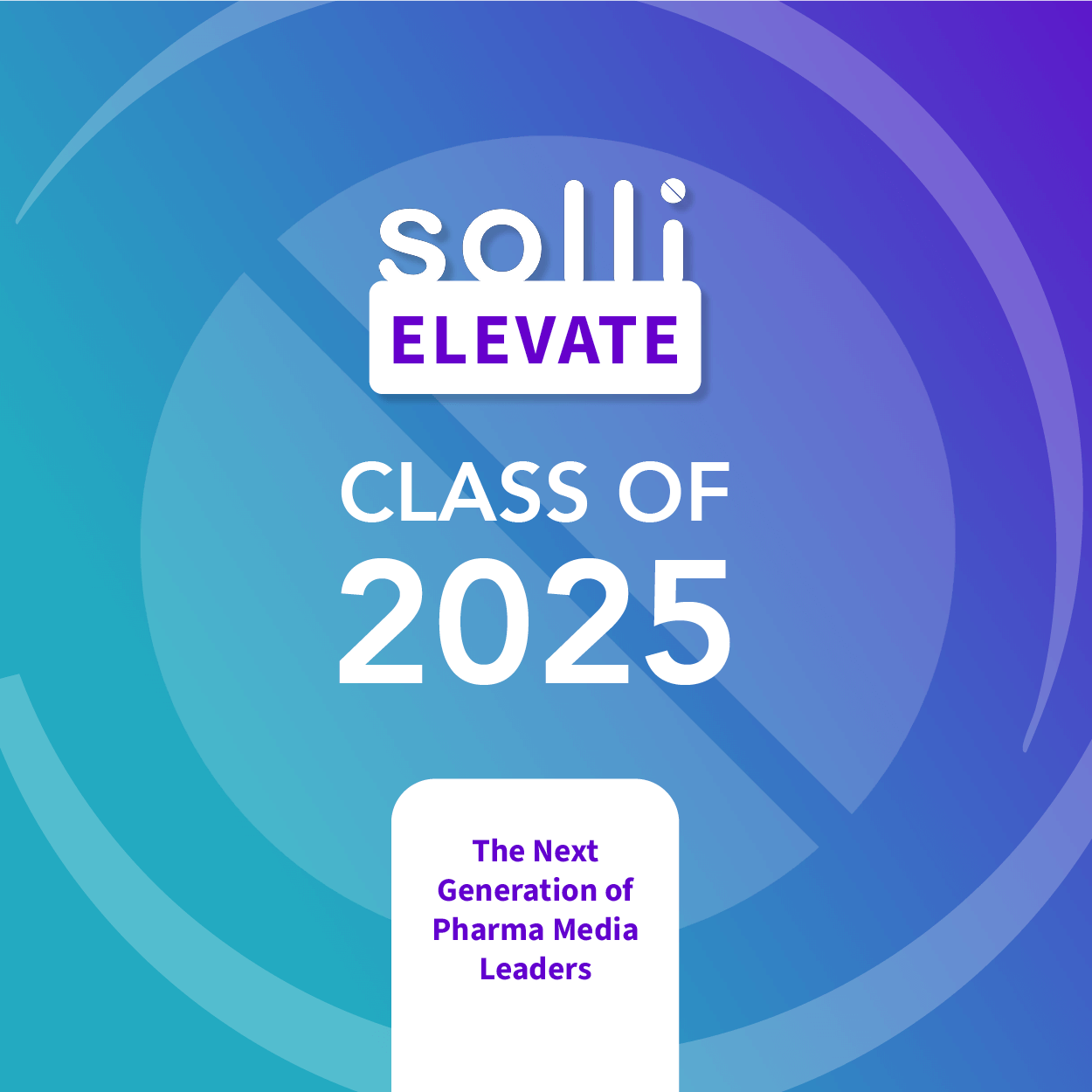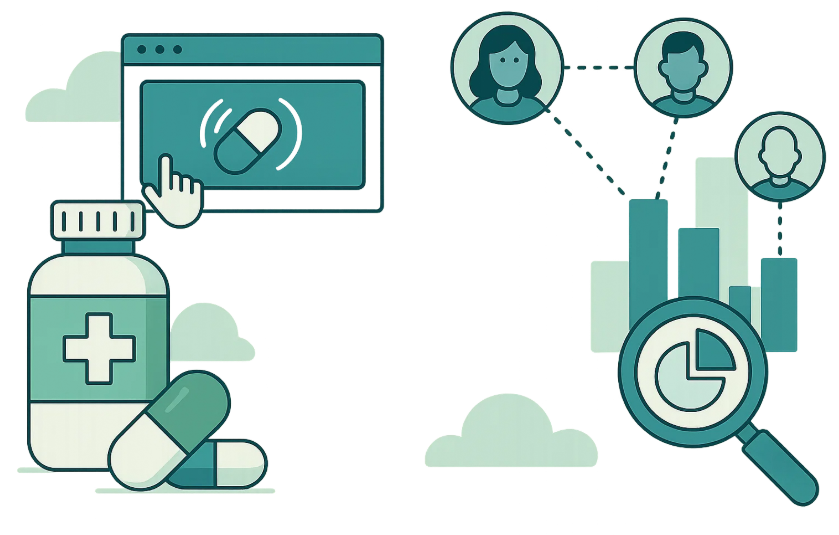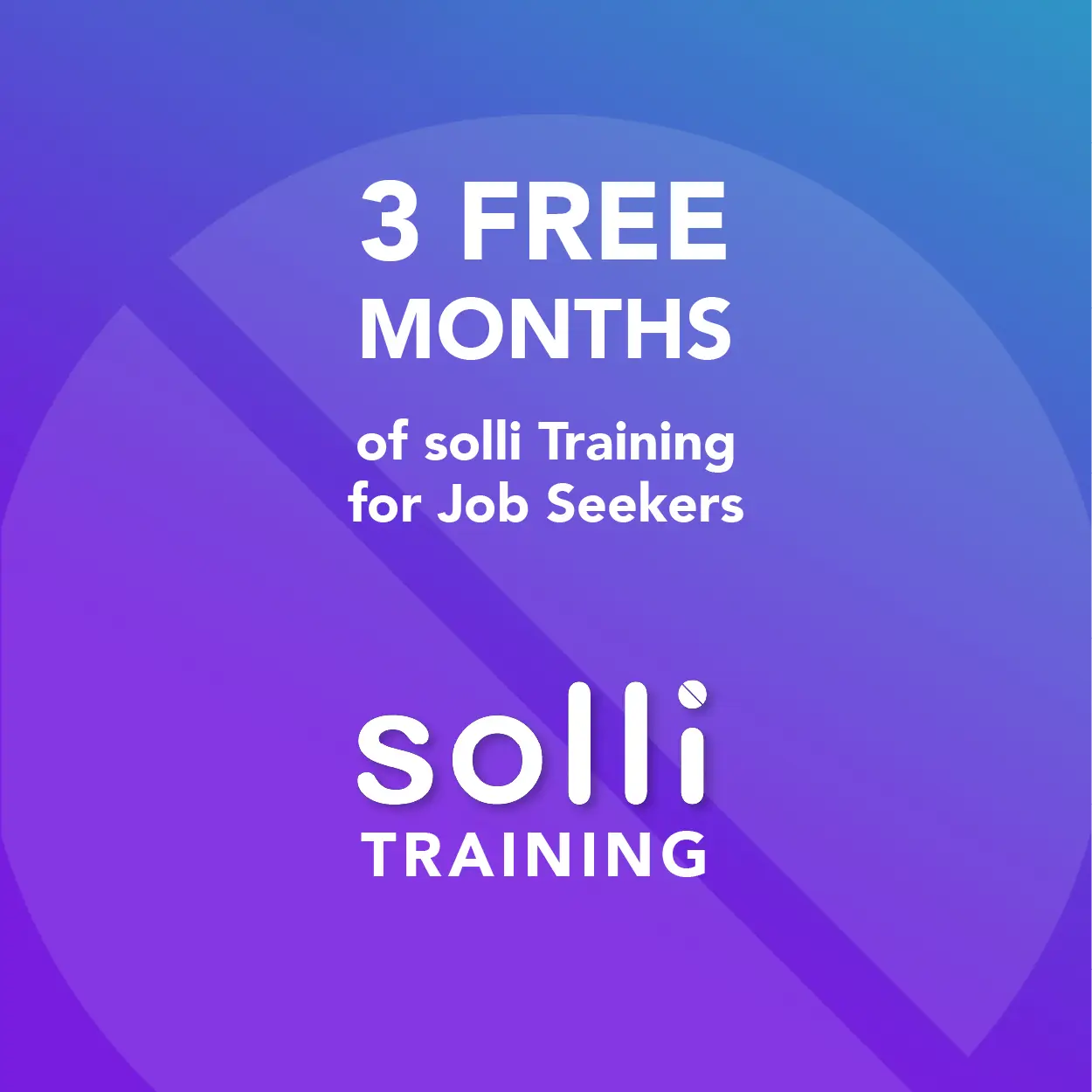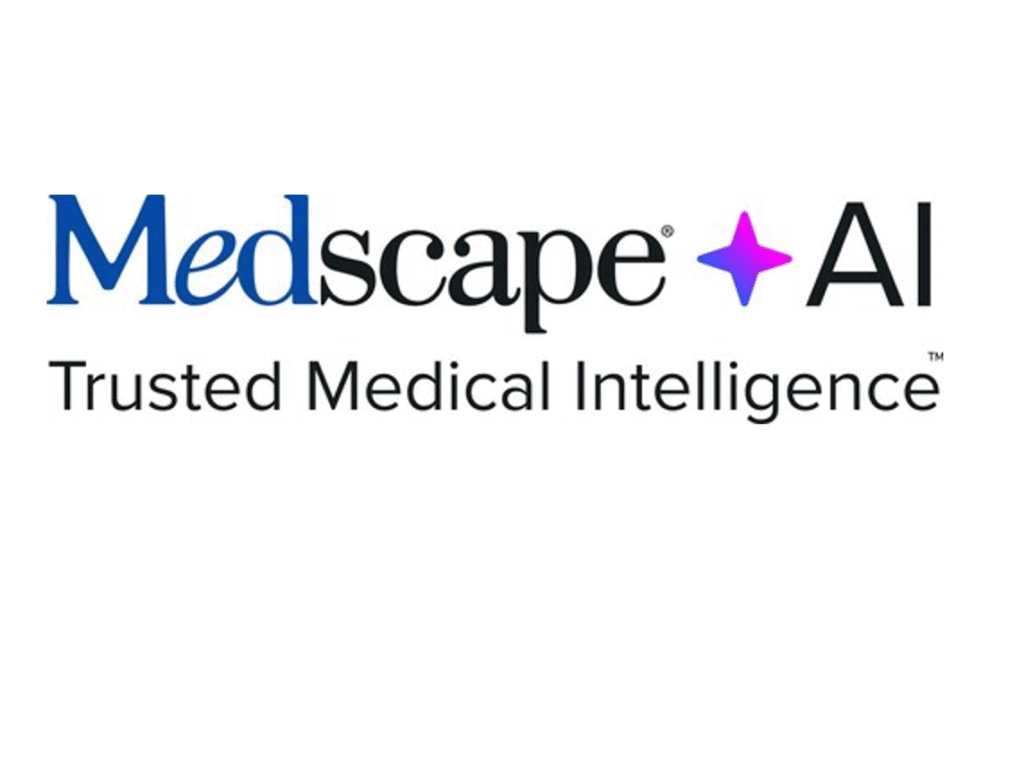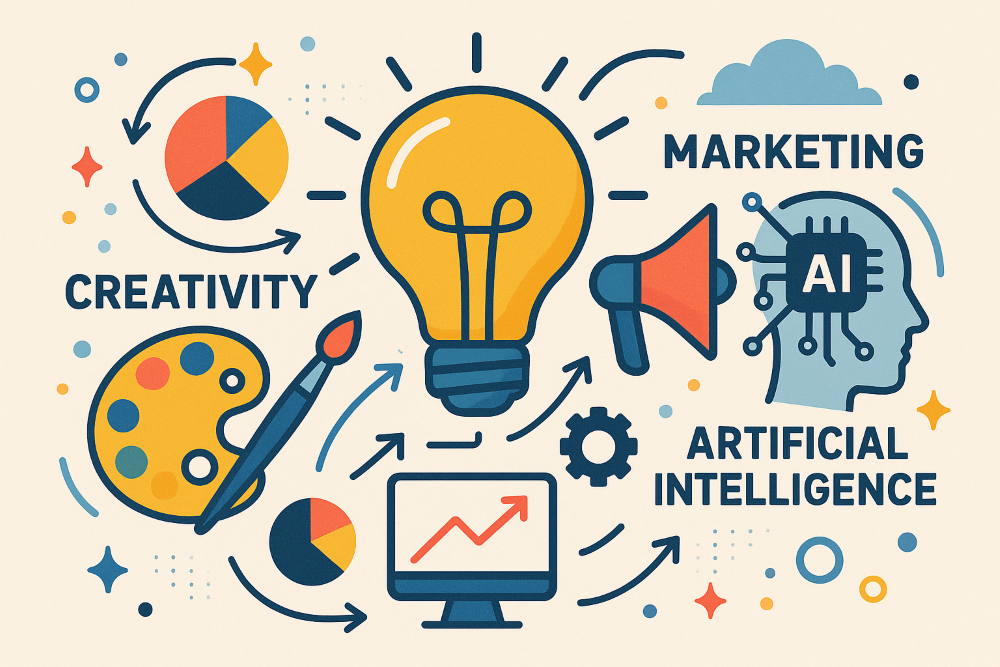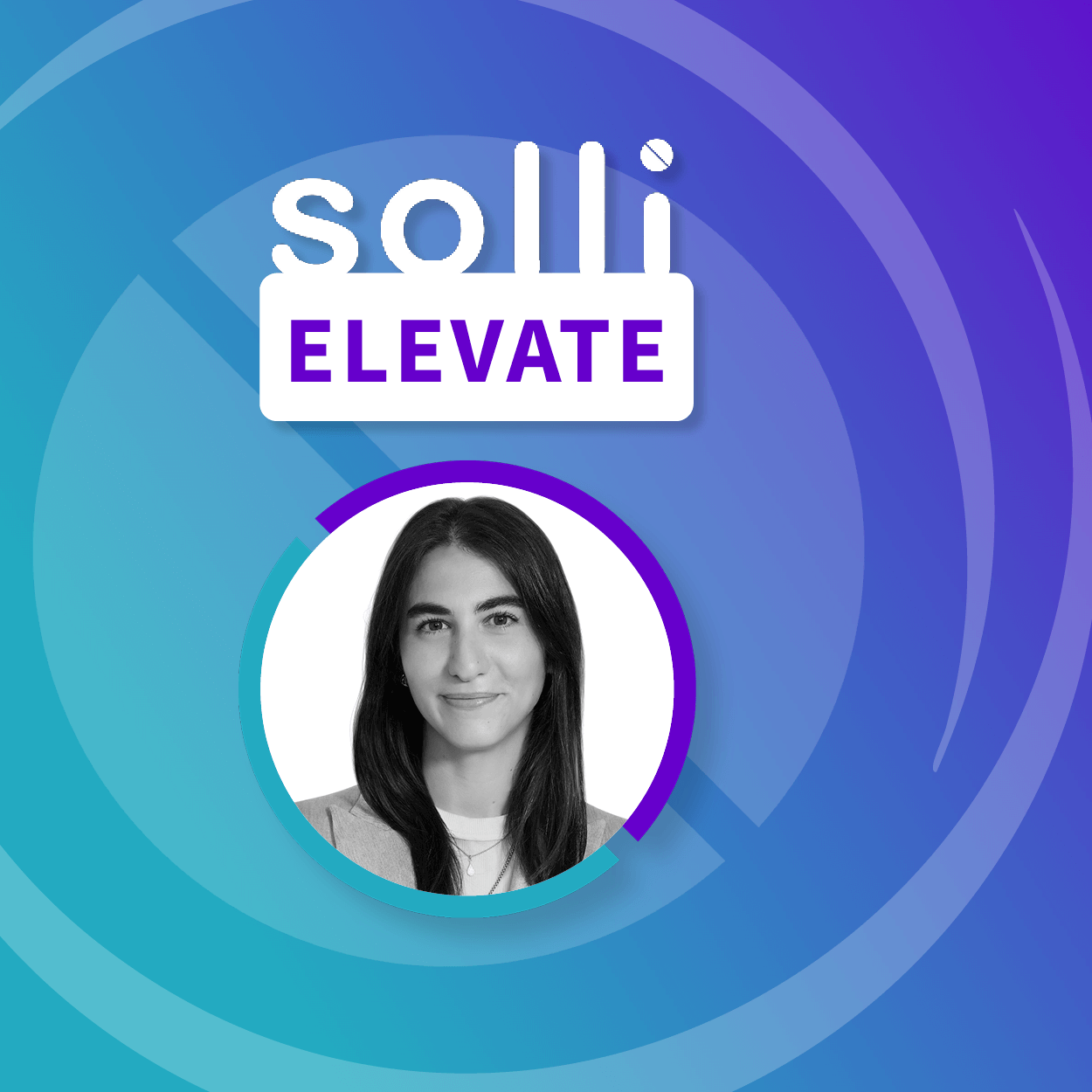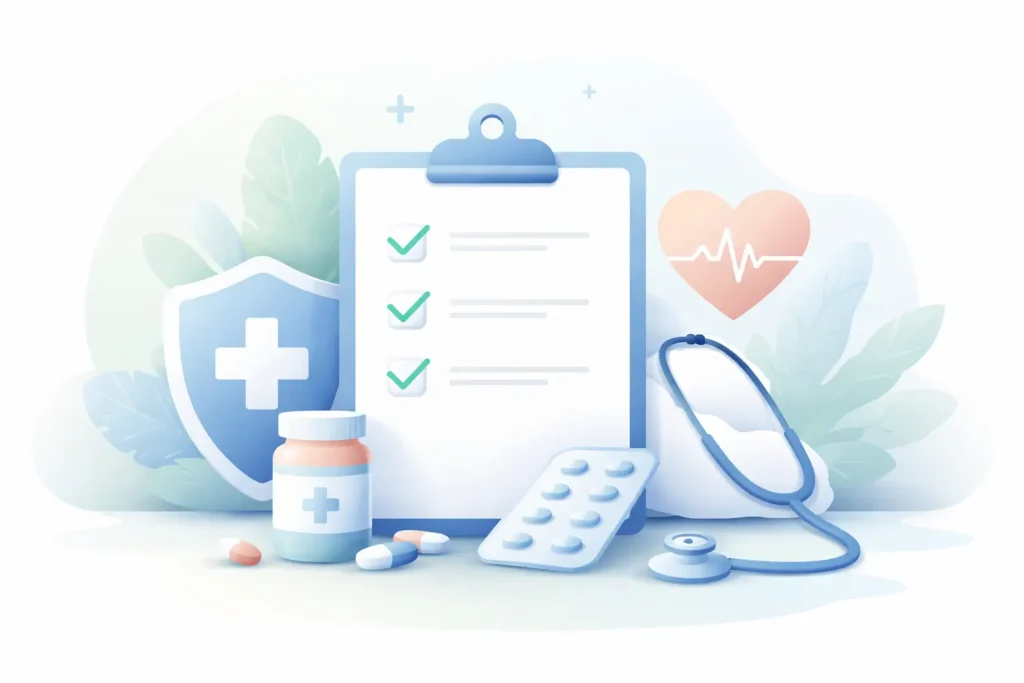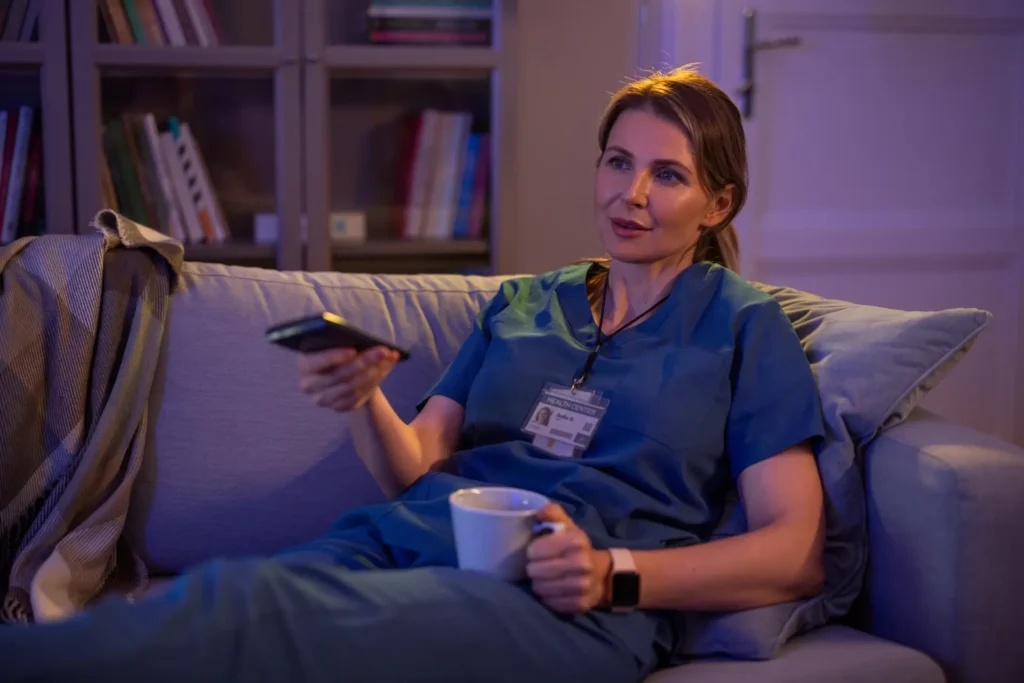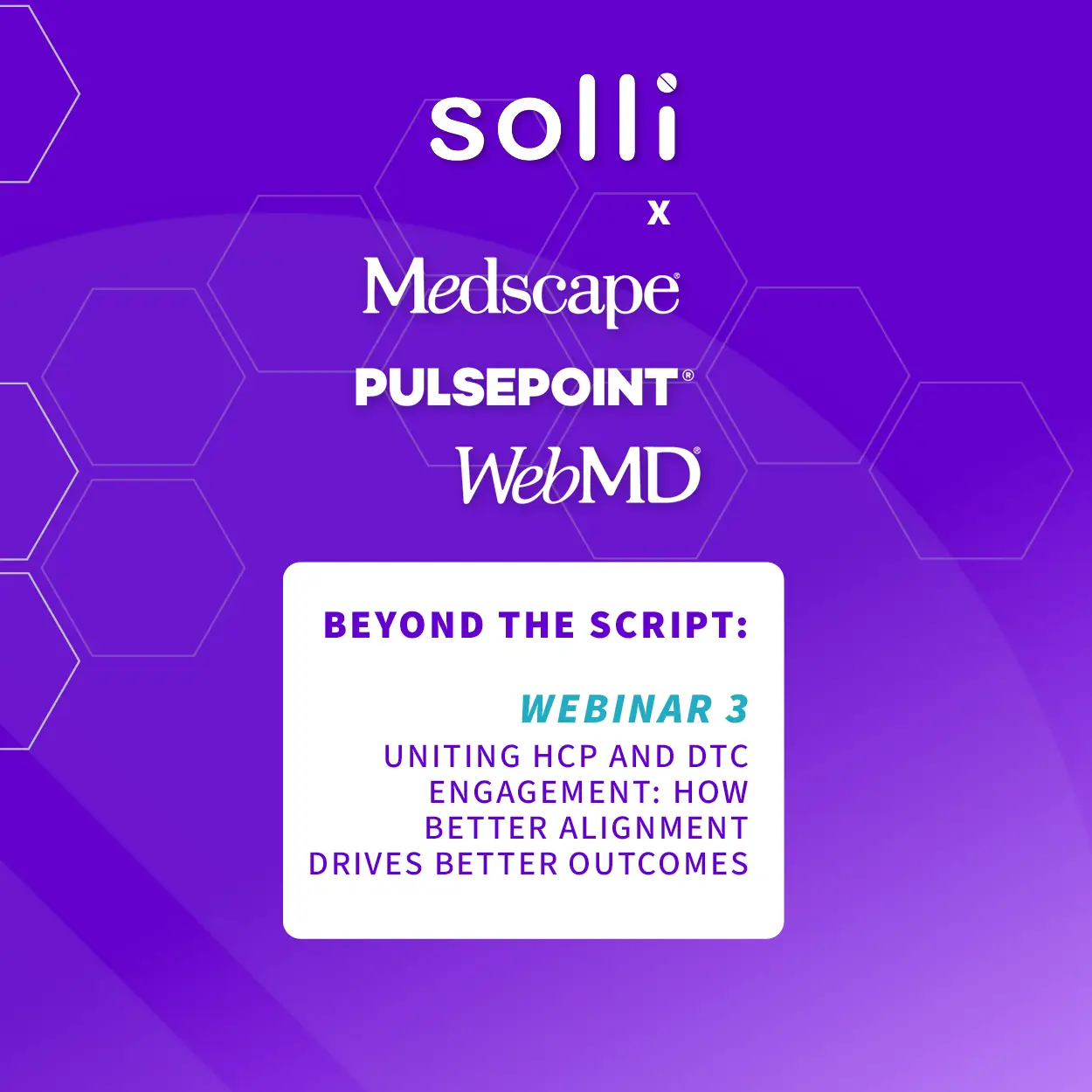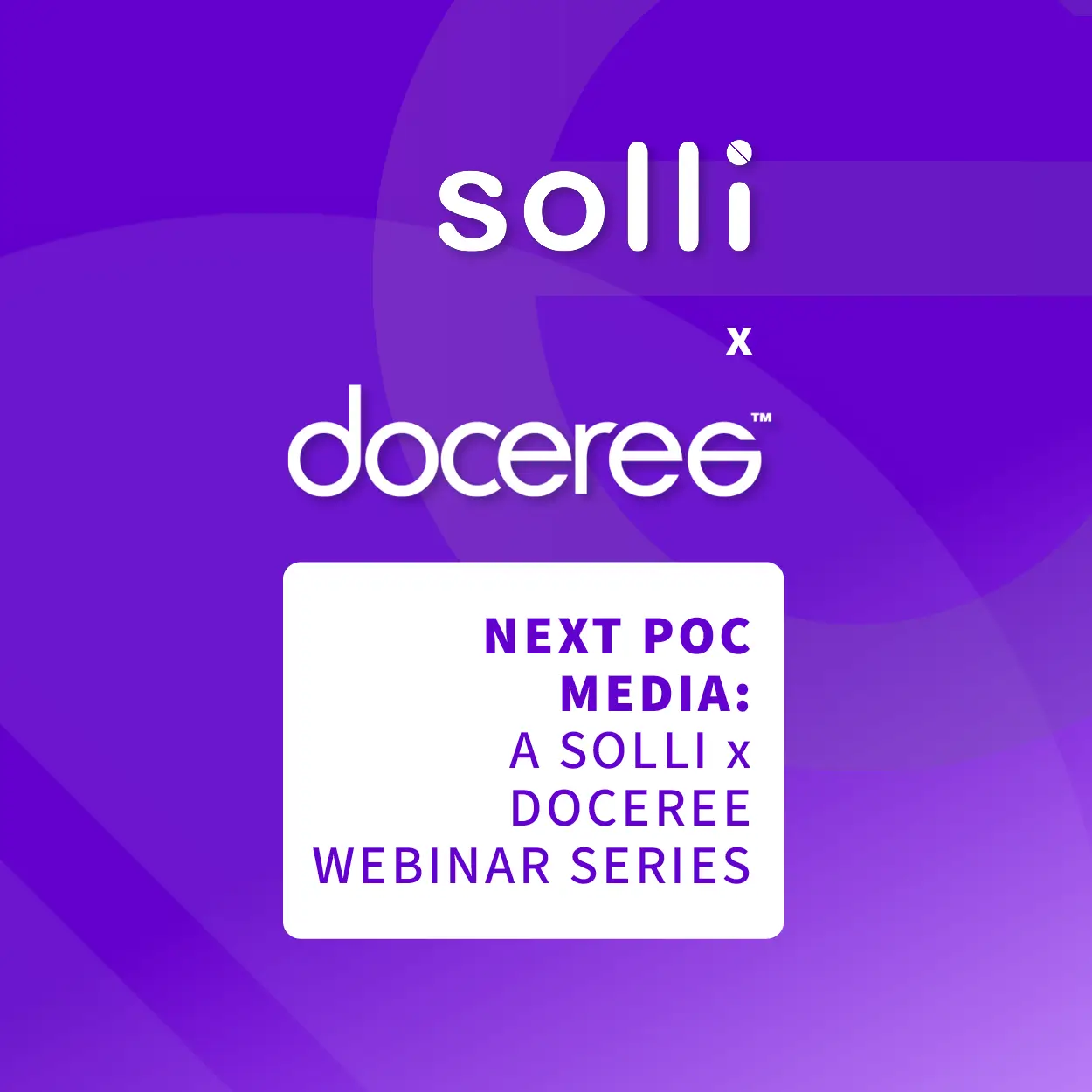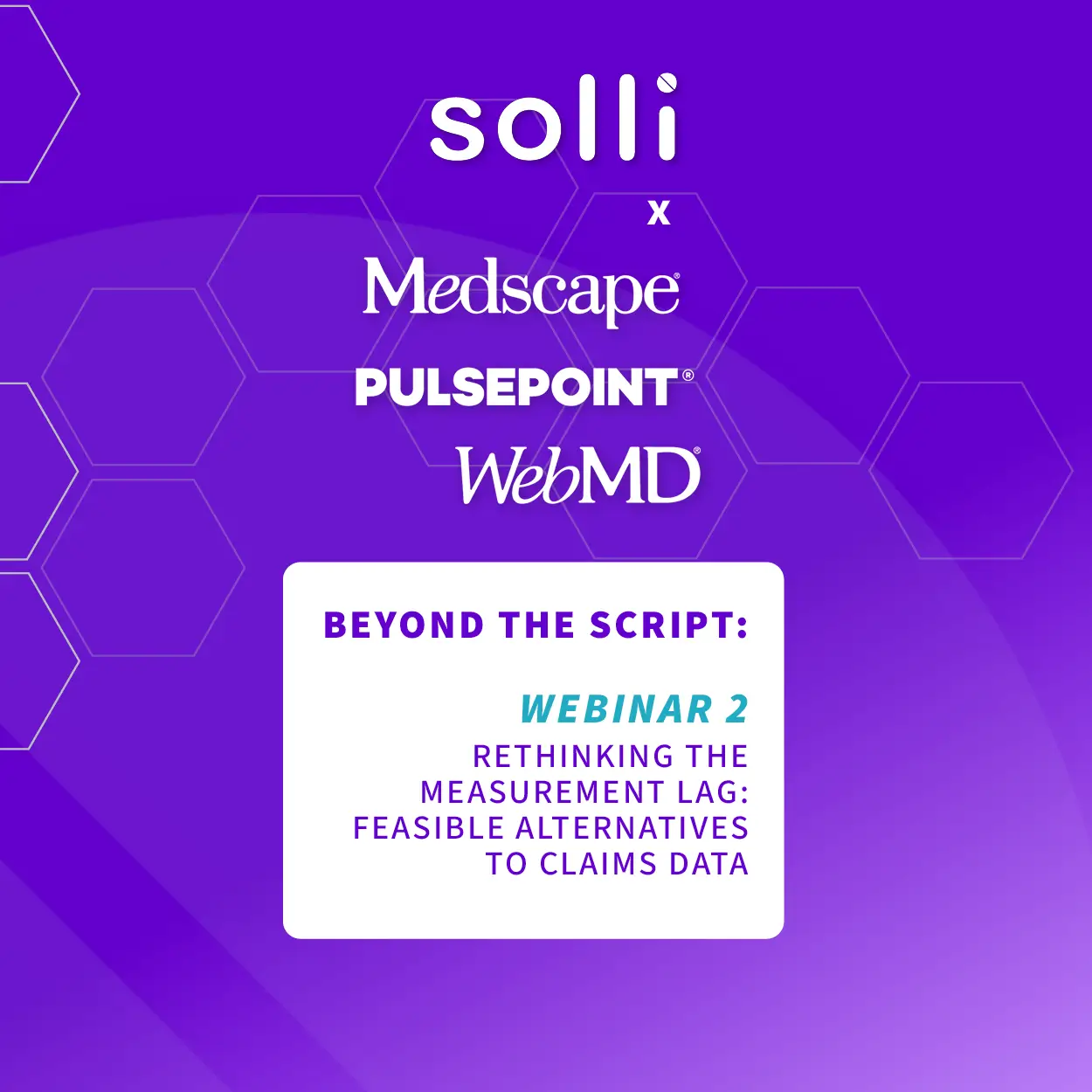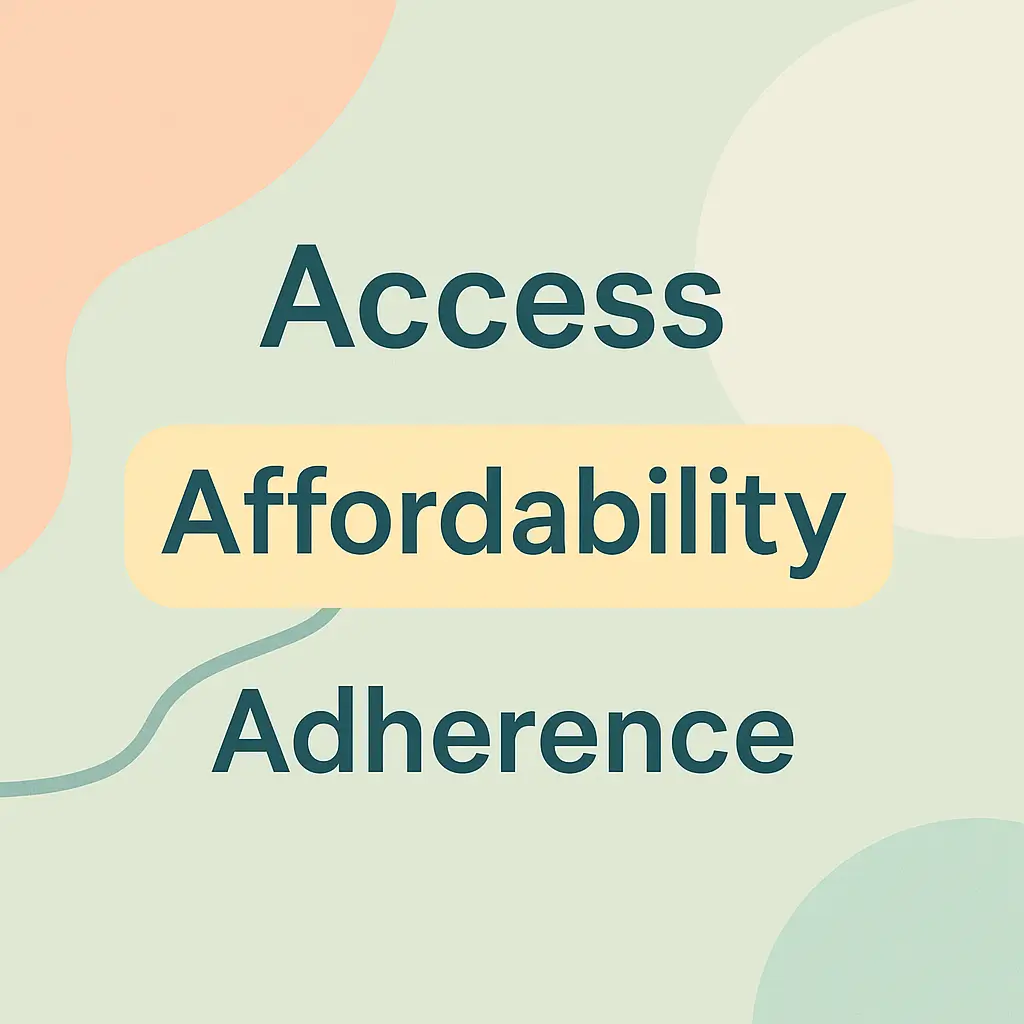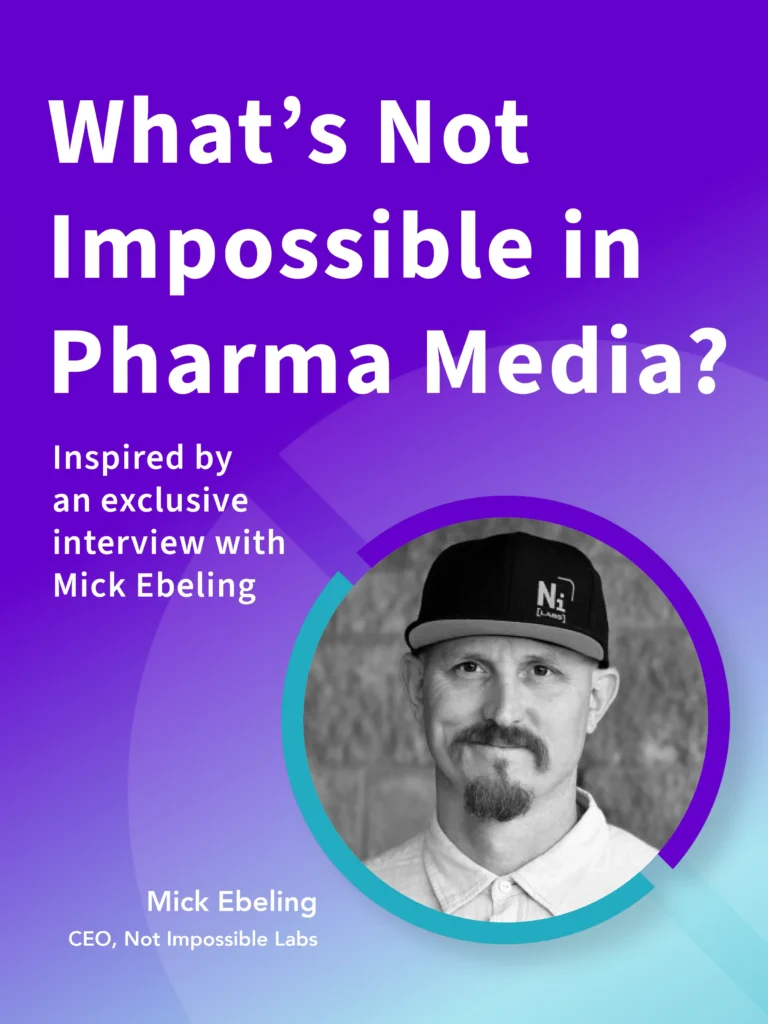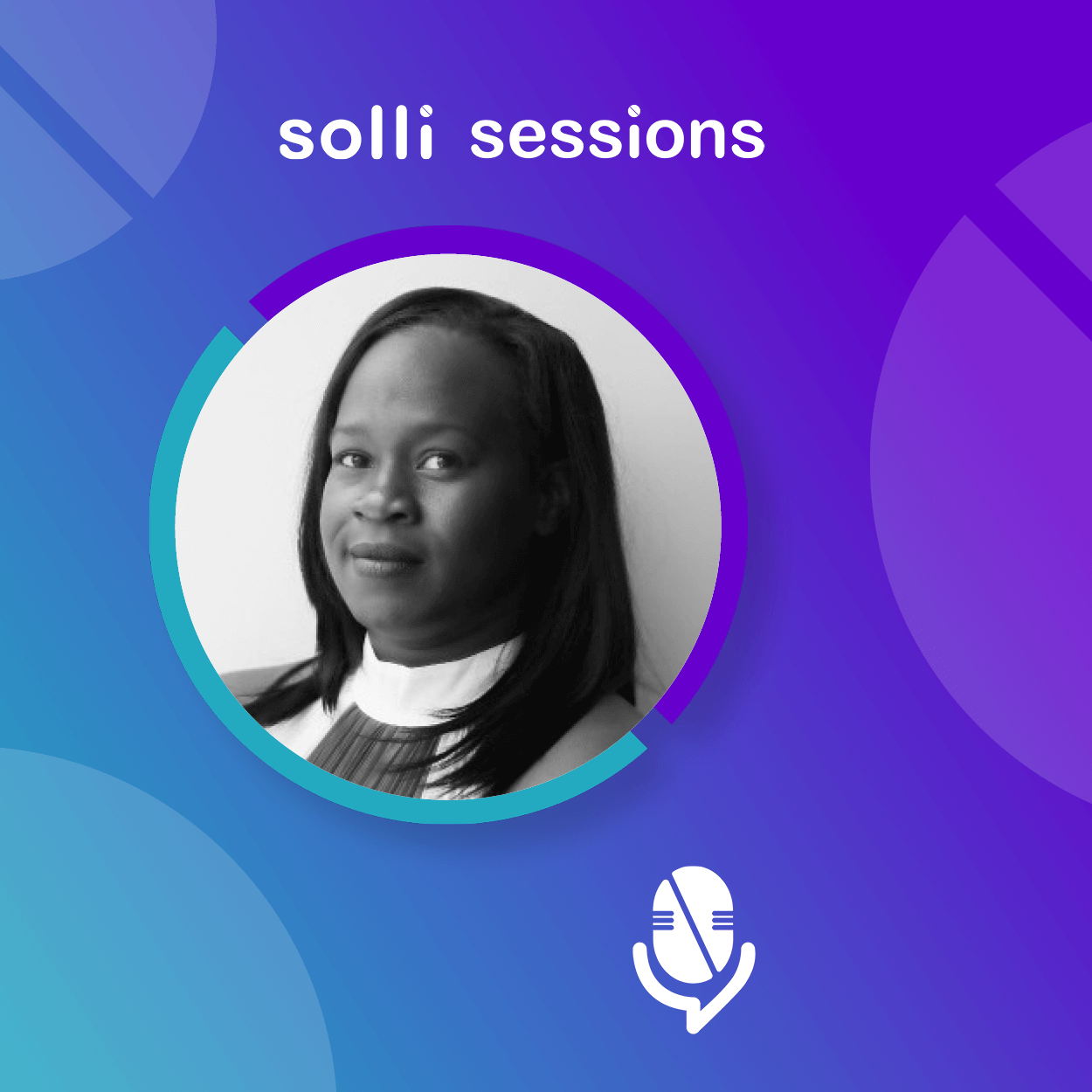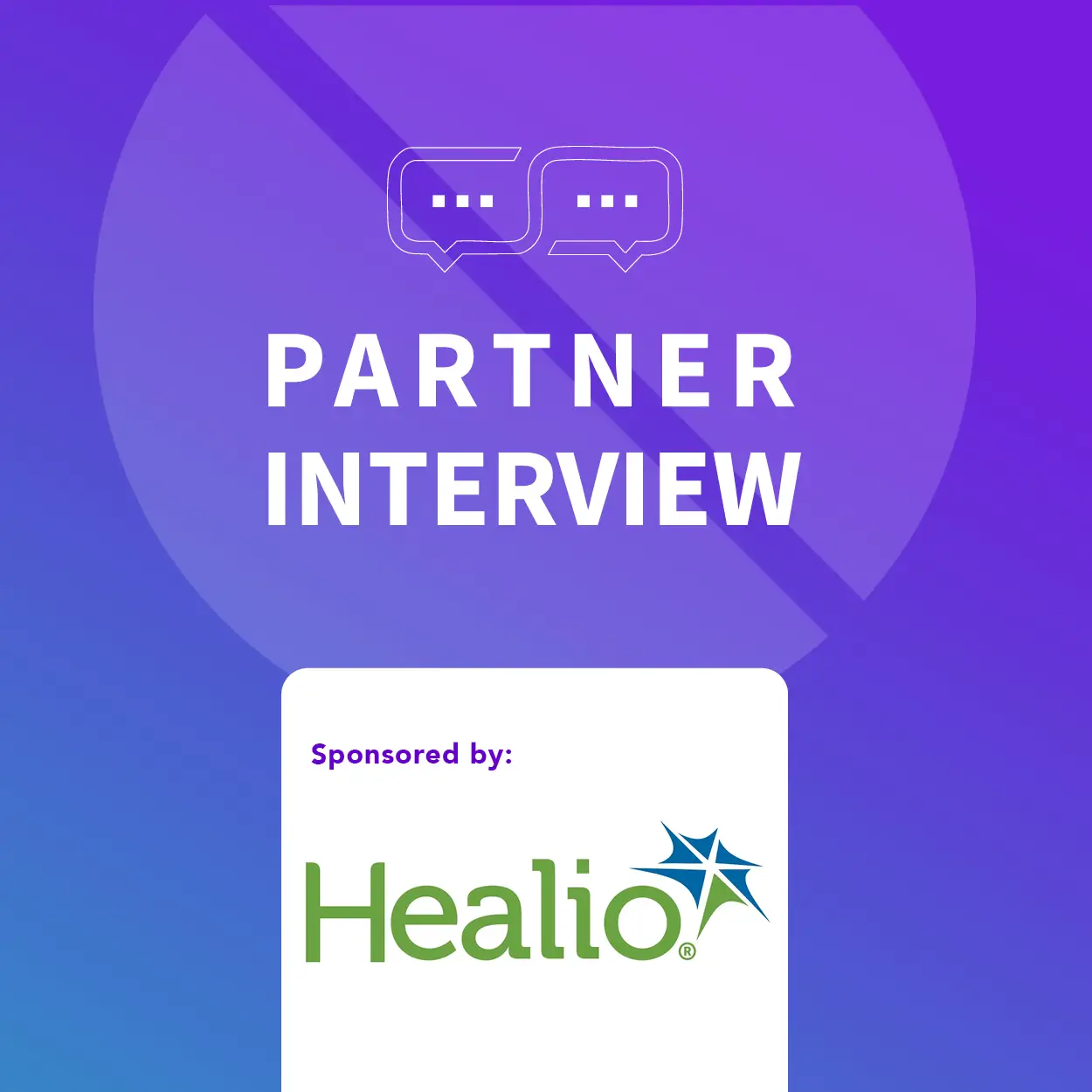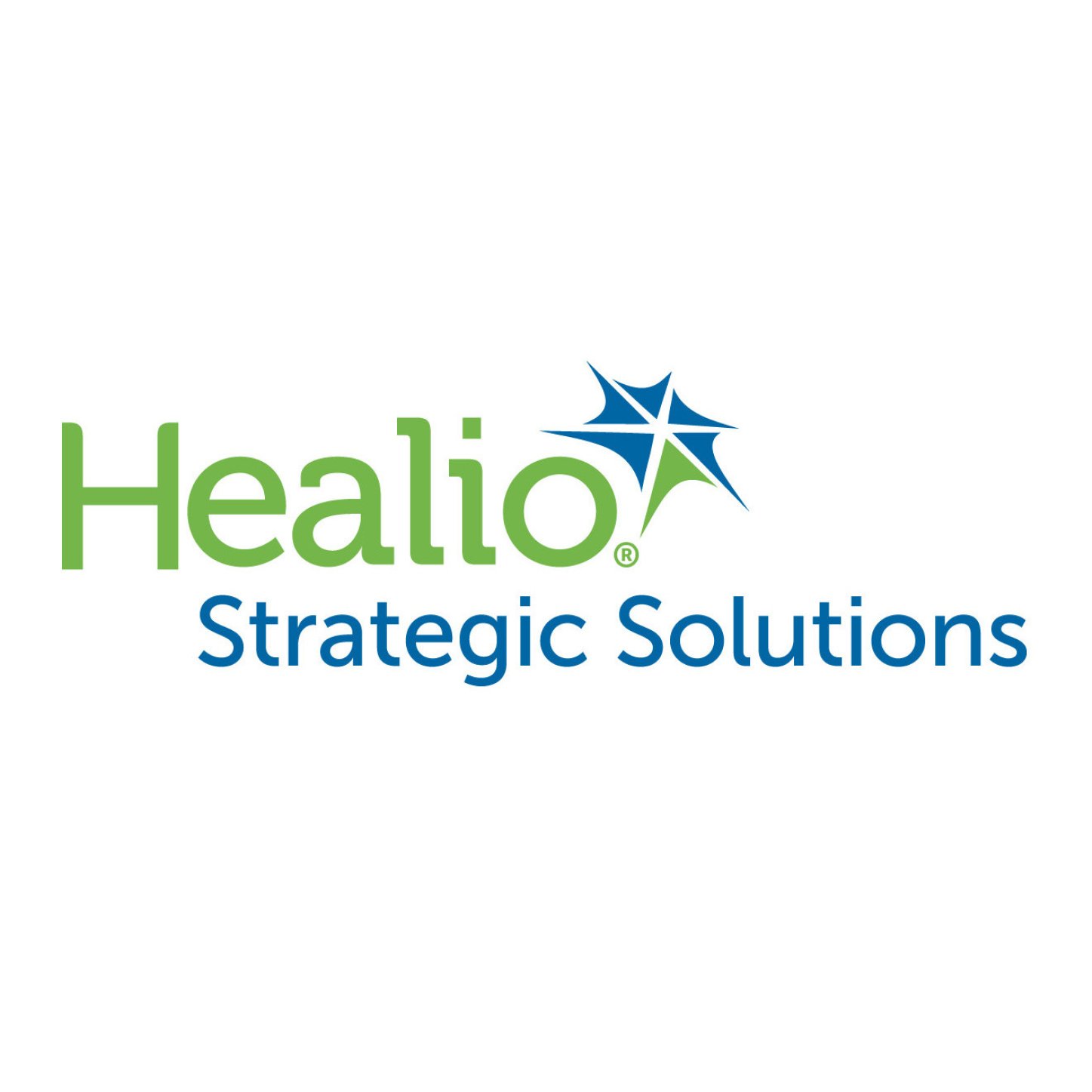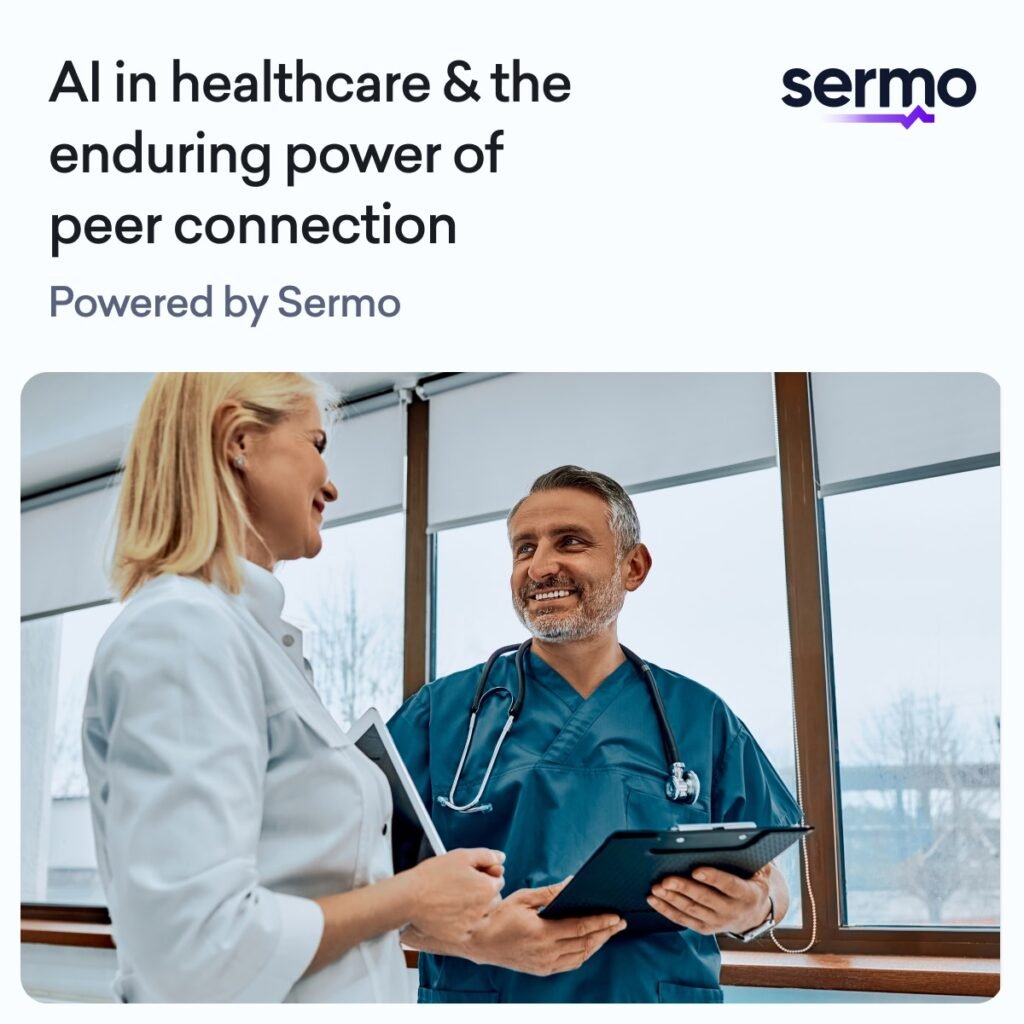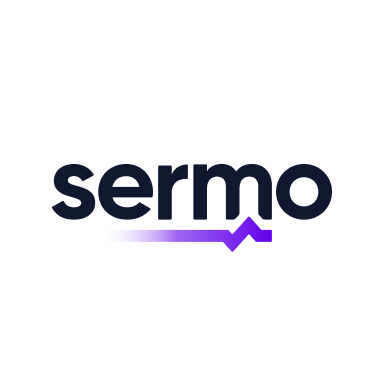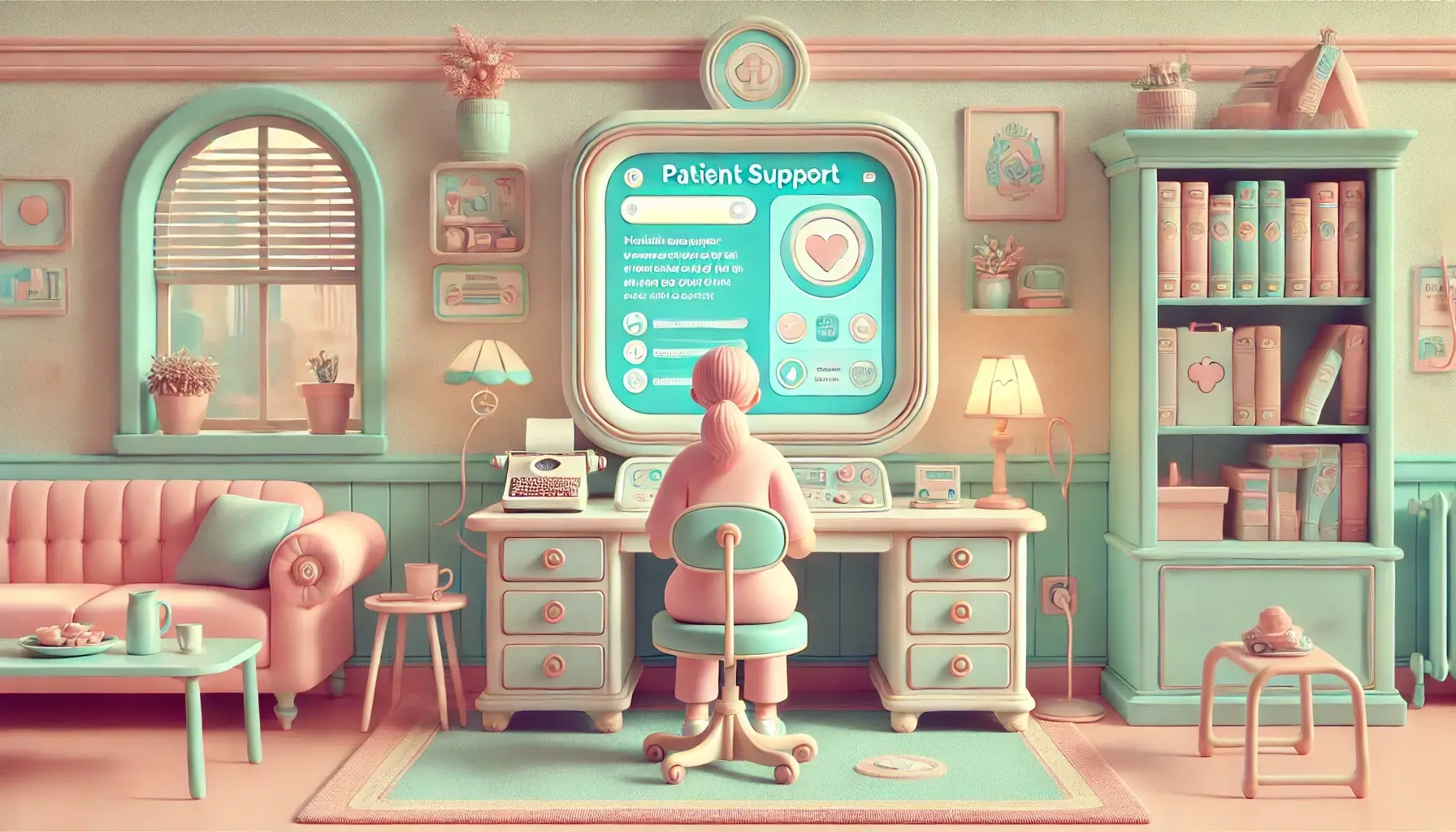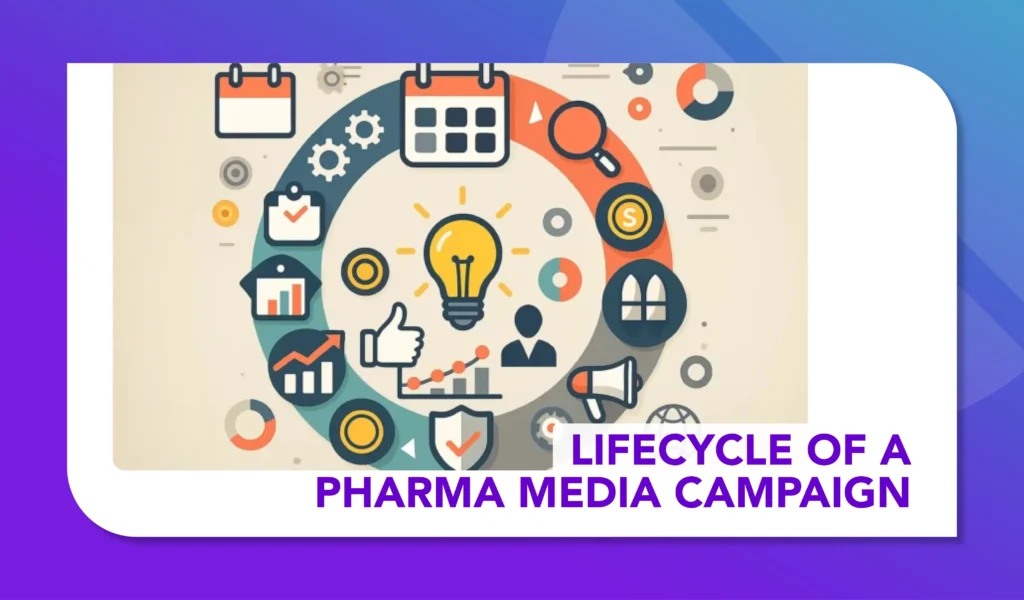Will All Digital Media Content Need To Be Accessible Conversationally?
An exploration into how Generative AI is shaping users interactions with digital content

The advent of Large Language Models (LLMs) and conversational interfaces has significantly transformed how people find, consume & engage with information. Originating from voice-activated virtual assistants like Siri and Alexa through to sophisticated multi-modal chatbots used in customer service and now into conversational generative AI image and text creation, the shift towards conversational interactions between consumers and technology is indisputable.
This has driven a rapid change in what users expect from their digital experiences. This trend is only growing more popular, and when expanded, it begs the question: Will all digital media content need to be accessible conversationally?
Within solli’s industry, the global pharma media space, this is no different as an enormous amount of content is developed and delivered to physicians and patients each day from both pharmaceutical manufacturers and digital platforms.
We explore how expectations may be shifting and what media content producers should be thinking about doing.
The Rise of Conversational Interfaces
Quickly taking a step back; conversational interfaces are designed to mimic human conversation, making interactions with digital platforms more intuitive and engaging. The uptake of these interfaces has been driven by advancements in artificial intelligence, particularly in natural language processing (NLP). To give a guide on the scale, ChatGPT, the most popular of these, has 180 million users and 100 million active weekly users.
While, of course, not everyone is using these platforms, Microsoft (Copilot), Apple (AI) and Google (Gemini & SGE) are now rolling out user conversational interfaces within globally accessible, multi-billion user-based platforms, which will further accelerate this uptake.
To give a specific use case, much has been written on solli (here, and here) and beyond about the changing search landscape. Within traditional search interfaces users enter short, trunctated keyword based searches and the return is a list of options for users to click through to engage with. The new conversational search interfaces are able to deal with the short keyword based searches, but encourage a longer more detailed input (prompts) from users, and provide a singular gift-wrapped answer to the consumer from multiple sources, of which the user can ask questions to control the conversation on that particular topic.
Shifting User Expectations
A study by Adobe found that marketing and customer experience leaders are optimistic about generative AI’s impact on efficiency and personalization. An overwhelming 90% believe it will help them do better work, while 88% expect it to increase their overall productivity. This trend is not limited to consumer-facing industries; B2B platforms are also recognizing the potential benefits.
The journey of users experiences of conversational digital interactions started in voice (on device), skyrocketed due to LLM web apps, developed into search and the next natural progression of this is into the broader sources of digital media content with which consumers engage with every day; social media, personal or professional interest sites.
As a thought-provocation, what if users will now expect to have a conversation with a website’s complete back catalogue of content rather than scrolling through a list of article options from an on-site keyword search or just relying on reading the latest article presented to the users? There may be an expectation that by asking natural questions of the website, the user will be presented with a rounded response based on the entire content of the website. (BTW – this is already very achievable with website plug-ins today).
Examples within Global Pharma Media
To bring this into focus for the global pharma media space, there are two examples that innovative pharmaceutical companies, agencies, publishers & tech companies are already exploring:
- Medical literature search: Pioneering companies like Medwise, OpenEvidence, Juisci, and even Elsevier are already allowing users to build conversations with research, journals and other medical content.
- Physician news & networks: With mammoth troves of content, platforms like Medscape, Physician’s Weekly, Springer Nature, and more are well-positioned to bring all their content to users through a conversational interface. Opening up natural question conversations with their chest of content, both organic and promotional, so that their users dig deeper, find quicker and engage longer with content may help positively increase frequency and time on site.
- Conversational pharma content: Physicians & Patient’s ability to have conversations with relevant content to them. Beyond a chatbot, beyond a guided interactive digital asset… this is a two-way, natural language conversation with pharma-created content. Not only does the engagement become deeper, but the organic insights from that engagement are incredibly powerful to better understand customers. Is this a regulatory headache, undeniably, but those that find a route will produce something special.
- Patient information & engagement: Digital tools for patient engagement are nothing new or revolutionary, and there is a plethora of work from pharma companies, digital health start-ups and media publishers to craft a two-way information flow between patients. The extension of this is that the patient may come to expect this two-way information to be conversational, to be immediately available, and to be personalized to them. All of this can occur by pulling information & data through natural language and in a conversational interface.

Licensing Information to LLMs
Similar to the changing SEO battleground, where organizations are pivoting to ensure that their content, facts and brand information appear as much as possible within the Generative search response to users, there will be a similar battleground for pharma & media organizations seeking to have their content delivered through the broader conversational interfaces, e.g. ChatGPT, Claude, Llama etc.
One route that media platforms like Time Inc., Vox Media, The FT are taking is licensing content. The Time Inc. deal with Open AI, for examples, is a multi-year strategic partnership that will allow OpenAI to access 101 years of Time’s archival journalism. This content will be used to train AI models, including ChatGPT, and provide users with accurate information, citing the original sources from Time’s archives. This collaboration aims to enhance content creation and distribution using OpenAI’s AI technology while supporting reputable journalism by ensuring proper attribution.
Is this a route that health media platforms should consider allowing training with LLMs on their historic content to ensure their position within the large platforms’ responses? Or should they avoid this to protect their users’ (and their precious data’s) journey onto their platform? One may ask another provocation of whether it is too late with the unregulated training already occurring and whether there is a choice.
For example, it is only a short hypothetical leap in time before an Oncologist will go onto MedPage Today (or similar) and ask the website the question ‘What are the most popular dermatological take-outs from ASCO 2024’… to which the platform doesn’t only deliver a list of articles, it delivers single, gift-wrapped, personalized response to that specific question that the physician can then have a conversation with pulling in all content from the platform. Once again, it is only a short technological leap to do so.
The Road Ahead
Human-to-digital conversational interactions have skyrocketed in popularity over the past three years, and it is not going backward. Forward-thinking clients, agencies, publishers, and tech companies have already delivered incredible work with media and content personalization, deeper user engagement, and a level of conversation interactivity through harnessing new technology. (This Pfizer and Adobe partnership case study is worth a look.)
The question remains; Will all digital media content need to be accessible conversationally? Plus, what direction will this go in within the health & pharma media space, and how will the audiences of solli respond?

